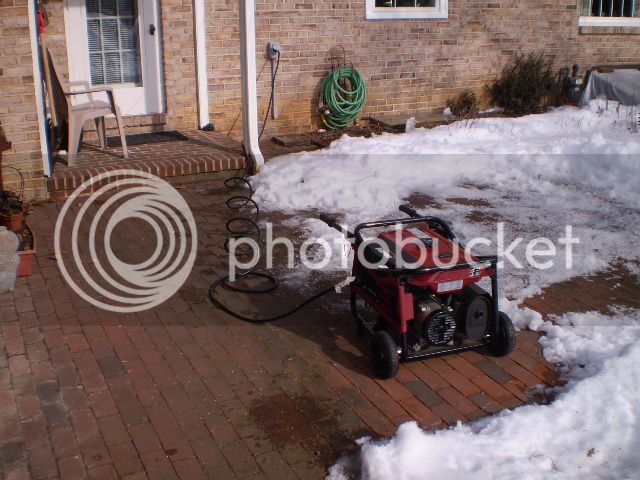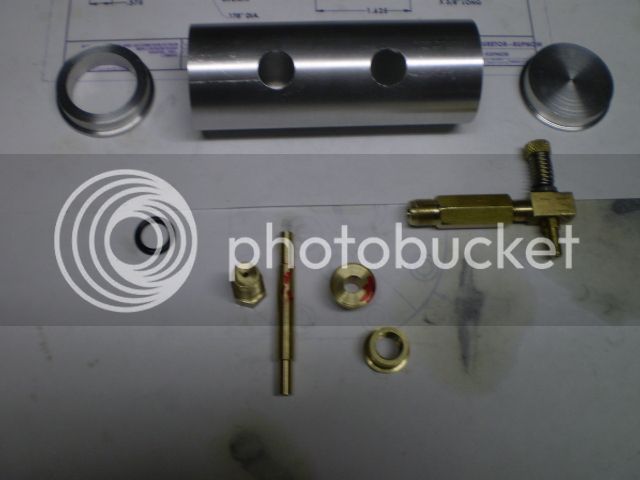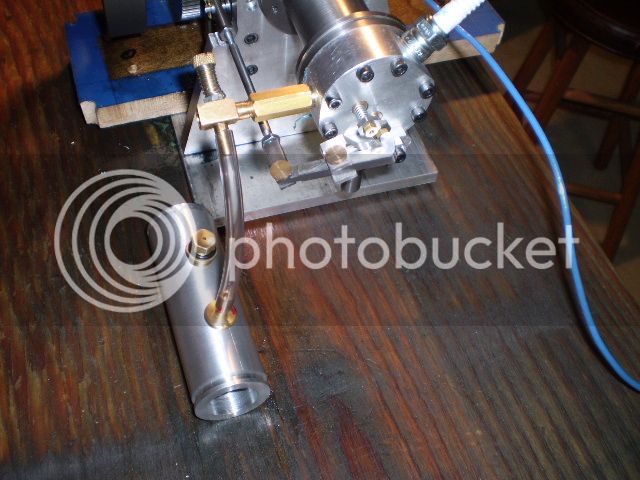You don't have to bleed air out of the line. Just make sure that when the gas tank is full, the fuel level is about 3/4" below the center of the main air inlet on the carburetor. If the fuel is ever above the center of the main air passage, gravity will cause it to bleed out the tiny fuel port and constantly flood out your engine, or even drip out of the carb and puddle around your engine causing a fire hazard. Your gas tank will either need a vent hole in the cap, or just loosen the cap a half a turn to prevent an air lock, preventing the fuel from being sucked up into the carb by venturi effect. I tend to use a transparent fuel line so I can visually monitor where the fuel is. As you crank the engine over with the drill, the air rushing thru the carb to the cylinder will create enough venturi vacuum to lift the fuel that 3/4 of an inch to start your engine. If your engine starts and then goes into the "miss" cycle, and coasts in this cycle long enough, then the lack of air being drawn into the carb will let the fuel run back into the tank.--Then, when your engine finally is finished coasting and wants to "hit" again, there may not be enough momentum left to lift the fuel back up from the tank so your engine can fire again. That is why I recommend an "anti flow back" valve be installed on the carb of these hit and miss engines. But---To start your engine the first time, you should have the lever that props open the exhaust valve removed or taped back so as to disable the hit and miss function. It gets a little scary the first time the engine starts, because without the hit and miss function hooked up, you will have no idea how fast the engine is going to run. It may start and settle in at a nice even pace, or it may run away with itself, over-revving until it self destructs. You have to be ready to pull off the sparkplug wire or put your finger over the air inlet to "choke" it to death in order to get it to stop!!!---It gets very exciting very quickly. A good "starting point" for that carb I sent you is with the needle open one complete turn from fully closed.












